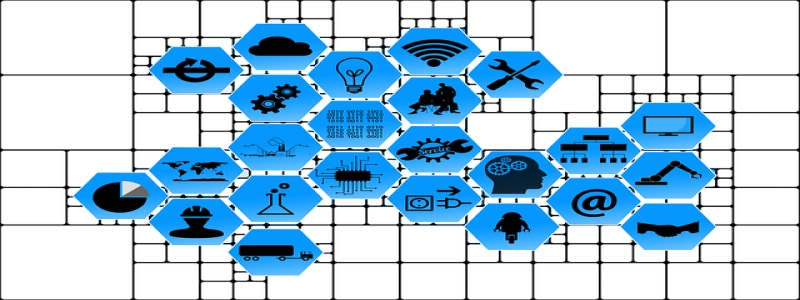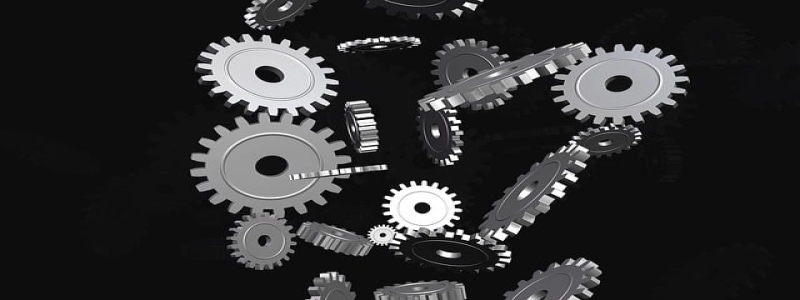Full-duplex Ethernet Directly Increases Network Speed
Introduction:
In today’s fast-paced digital world, where information is exchanged at lightning speeds, having a high-performing and efficient network is crucial. Ethernet, a widely used networking technology, plays a significant role in data communication. One development that has greatly improved network speed is the implementation of full-duplex Ethernet. In this article, we will explore the concept of full-duplex Ethernet and how it directly enhances network performance.
1. Understanding Full-Duplex Ethernet:
1.1 Definition:
Full-duplex Ethernet is a communication technology that enables data to flow simultaneously in both directions.
1.2 How It Works:
Unlike half-duplex Ethernet, which allows data transmission in only one direction at a time, full-duplex Ethernet enables communication in both directions simultaneously. This is achieved by utilizing separate channels for sending and receiving data.
1.3 Advantages over Half-Duplex Ethernet:
Full-duplex Ethernet offers several advantages compared to its half-duplex counterpart. Firstly, it eliminates collisions, which can significantly slow down network performance. Secondly, it effectively doubles the data transfer rate, as data can flow in both directions at the same time.
2. Impact on Network Speed:
2.1 Elimination of Collisions:
In half-duplex Ethernet, collisions occur when two devices attempt to transmit data simultaneously on the same channel. These collisions result in retransmissions, leading to delays and reducing network speed. Full-duplex Ethernet eliminates collisions by dedicating separate channels for sending and receiving, resulting in a significant improvement in network speed.
2.2 Increased Data Transfer Rate:
By enabling simultaneous data flow in both directions, full-duplex Ethernet effectively doubles the data transfer rate. This is a significant advantage, especially in scenarios where large amounts of data need to be transmitted quickly, such as in data centers or multimedia streaming applications.
3. Implementing Full-Duplex Ethernet:
3.1 Hardware Requirements:
To utilize full-duplex Ethernet, network devices such as switches and routers need to support this technology. Additionally, network cables, primarily Ethernet cables, must also be capable of handling full-duplex communication.
3.2 Configuration:
Full-duplex Ethernet requires proper configuration to ensure optimal performance. Network administrators must configure network devices to enable full-duplex mode and ensure that all devices connected to the network support this capability.
4. Conclusion:
Full-duplex Ethernet is a significant advancement in network technology that directly increases network speed. By eliminating collisions and enabling simultaneous data flow in both directions, full-duplex Ethernet enhances network performance and efficiency. However, it is essential to have compatible hardware and proper configuration to fully utilize this technology. As the demand for faster and more reliable networks continues to grow, full-duplex Ethernet proves to be a critical tool in meeting these expectations.







